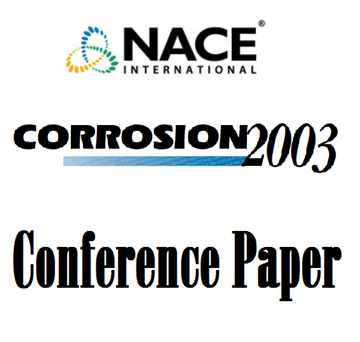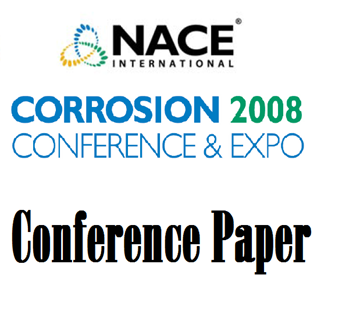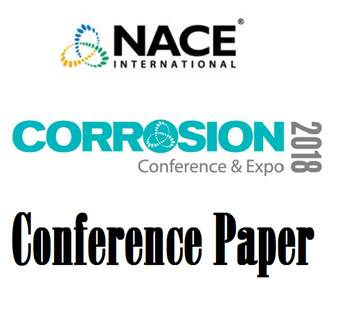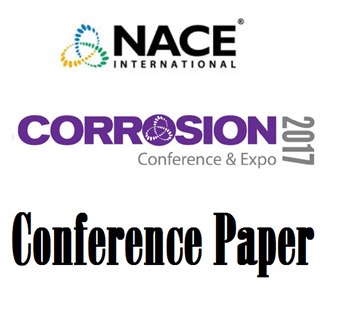Search
Products tagged with 'brine'
View as
Sort by
Display
per page
03140 Fluid Compatibility of Elastomers in Oilfield
Product Number:
51300-03140-SG
ISBN:
03140 2003 CP
Publication Date:
2003
$20.00
08271 Effects of Oxygen, Temperature and Salinity on Carbon Steel Corrosion in Aqueous Solutions; Model Predictions versus Laboratory Results
Product Number:
51300-08271-SG
ISBN:
08271 2008 CP
Publication Date:
2008
$20.00
51318-10516-Properties of Brines formed by Deliquescence of Sea-Salt Aerosols
Product Number:
51318-10516-SG
Publication Date:
2018
$20.00
Corrosion Of Wrought And Cast Ni-Fe-Cr-Mo Alloys In High-Temperature Brines And CO2-Rich Supercritical Phases With Oxygen And Hydrogen Sulfide
Product Number:
51322-17882-SG
Publication Date:
2022
$20.00
Investigating the Interaction of Brine Solutions and Diluted Inhibited HCl Acid on Coiled Tubing Steel Corrosion
Product Number:
51320-14596-SG
Publication Date:
2020
$20.00
On-Line Real-Time Corrosion Monitoring Techniques Under Co2 - Brine Environment – Comparative Study
Product Number:
51317--9040-SG
ISBN:
9040 2017 CP
Publication Date:
2017
$20.00
Stress Corrosion Cracking And Hydrogen Embrittlement of High-Strength Non-Magnetic Alloys In Hot Concentrated Brines
Product Number:
86162-SG
Publication Date:
1986
$20.00







